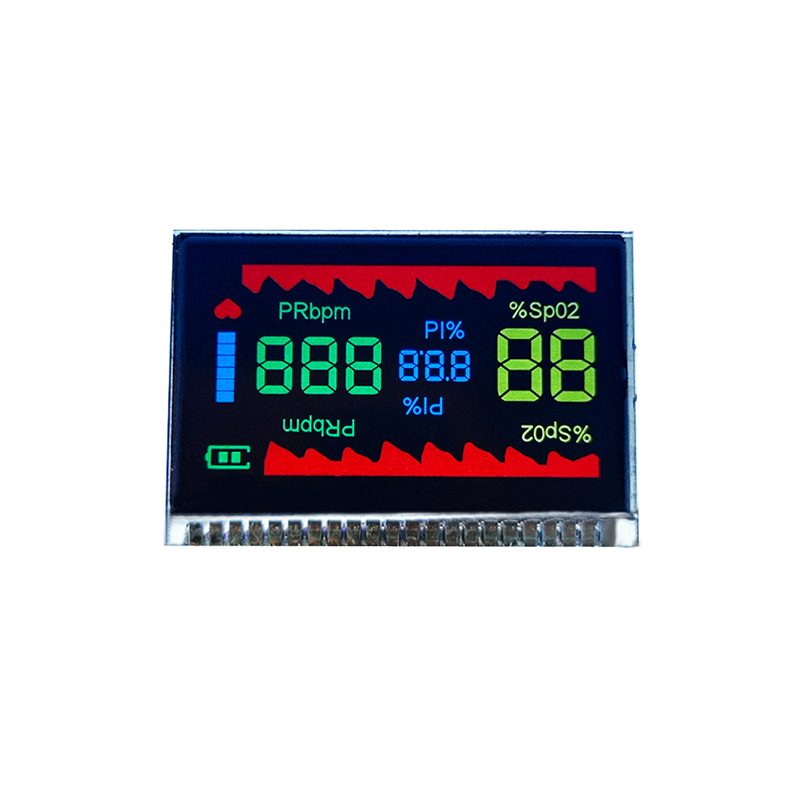
The 0.96-inch OLED display has become a popular choice for Arduino projects due to its compact size, high contrast ratio, and vibrant colors. However, with numerous options available, selecting the right display can be challenging. This comprehensive guide aims to simplify the selection process by comparing various 0.96 oled display arduino options and offering valuable insights for successful implementation.
OLED (Organic Light-Emitting Diode) displays are known for their self-emissive nature, resulting in superior contrast, deeper blacks, and wider viewing angles compared to LCD displays. They are energy-efficient and offer excellent readability even in bright sunlight. Many 0.96 oled display modules are readily compatible with Arduino boards using the I2C or SPI communication protocols.
Most 0.96 OLED displays use either I2C or SPI for communication with Arduino. I2C requires fewer pins and is simpler to implement, while SPI offers higher data transfer speeds. The choice depends on your project's requirements and the available pins on your Arduino board. Be sure to check the display's datasheet to confirm its communication protocol.
Several excellent 0.96 OLED displays are compatible with Arduino. Here's a comparison of some popular options. Remember to always consult the specific product datasheet for the most accurate and up-to-date specifications.
| Display Model | Resolution | Interface | Features | Pros | Cons |
|---|---|---|---|---|---|
| SSD1306-based Displays (Many manufacturers) | 128x64 pixels | I2C or SPI | Common, widely supported | Affordable, readily available, extensive library support. | Quality can vary between manufacturers. |
| SH1106-based Displays | 128x64 pixels | I2C or SPI | Similar to SSD1306, sometimes slightly lower power consumption. | Good alternative to SSD1306 | Library support might be slightly less extensive than SSD1306. |
Before you start, you'll need to install the appropriate Arduino library for your chosen OLED display. Popular libraries include Adafruit_SSD1306 and U8g2. The installation process usually involves using the Library Manager within the Arduino IDE.
The wiring diagram will vary depending on the display and whether it uses I2C or SPI. Consult your display's datasheet for detailed wiring instructions. Common connections include VCC, GND, SDA (I2C), SCL (I2C), MOSI (SPI), MISO (SPI), SCK (SPI), and CS (SPI).
Once the library is installed and the display is wired correctly, you can use sample code to test the display. Most libraries provide basic examples to get you started. This typically involves initializing the display, clearing the screen, and then writing text or graphics to the screen.
If you encounter issues, double-check your wiring, ensure you've installed the correct library, and verify the I2C address of your display. Online forums and communities can be valuable resources for troubleshooting.
Selecting the right 0.96 oled display for your Arduino project depends on factors like budget, desired features, and communication protocol. By carefully considering the options and following the steps outlined in this guide, you can successfully integrate a high-quality display into your projects and enhance their functionality and user experience. For high-quality LCD and OLED displays, consider exploring the options available at Dalian Eastern Display Co., Ltd. They offer a wide range of displays to meet various project needs.












